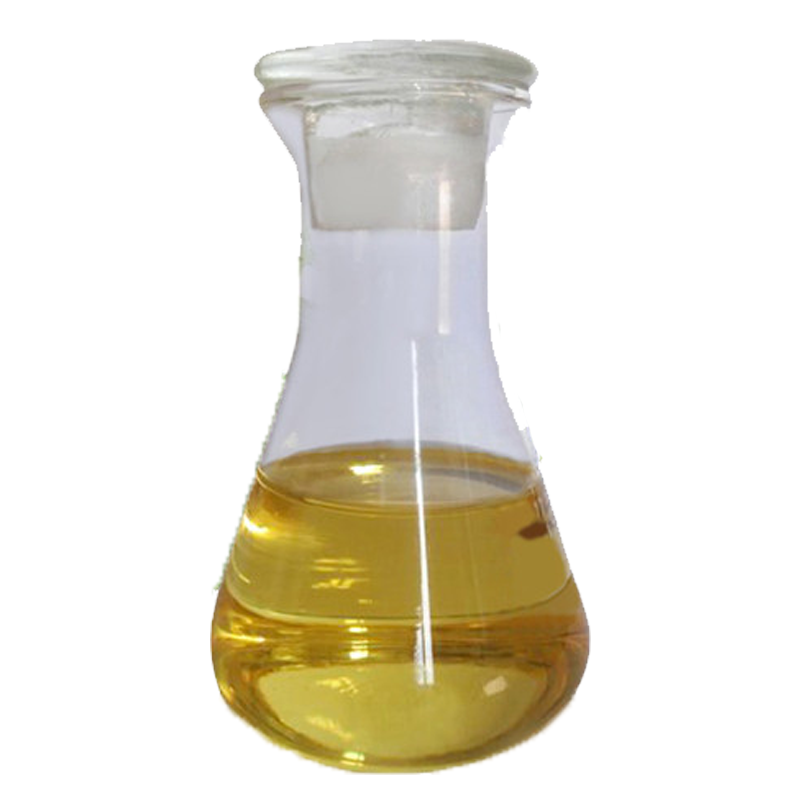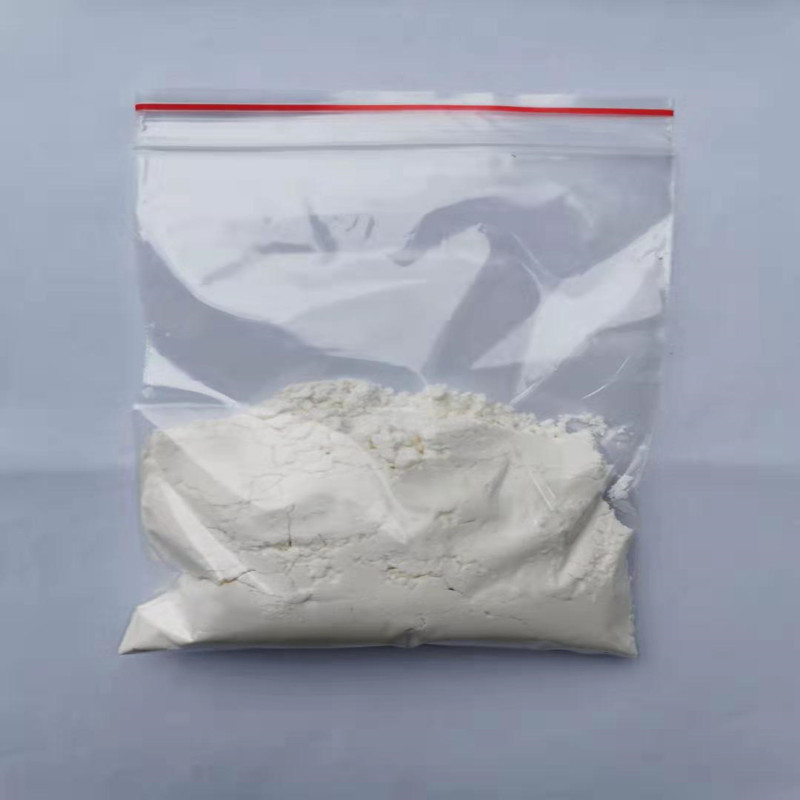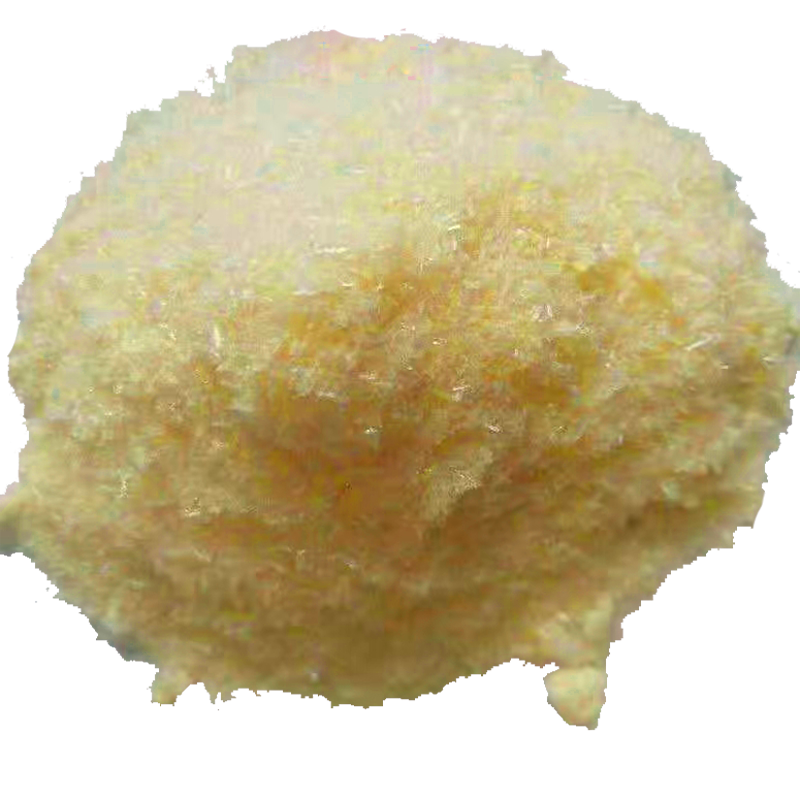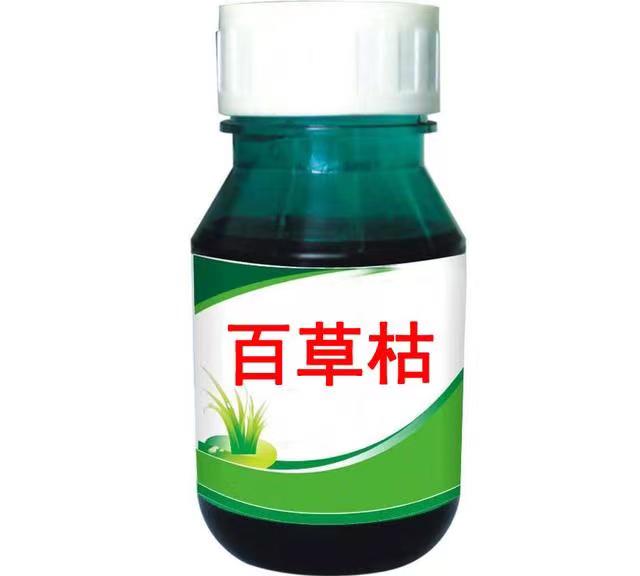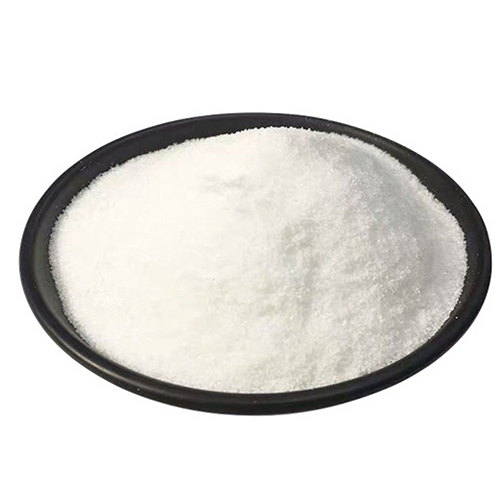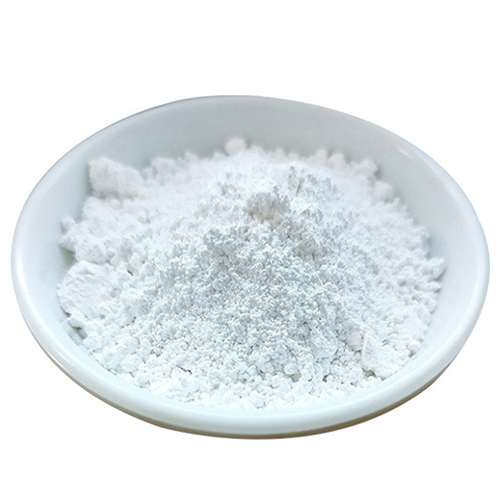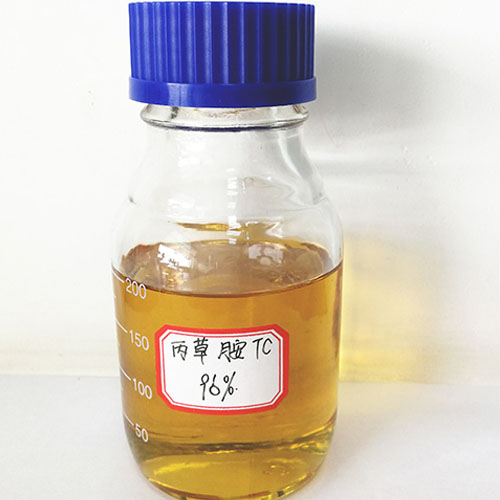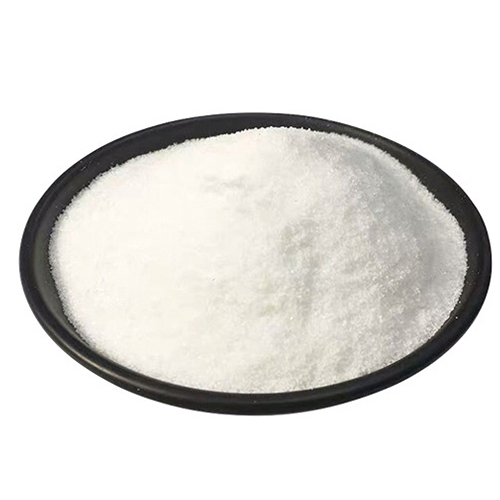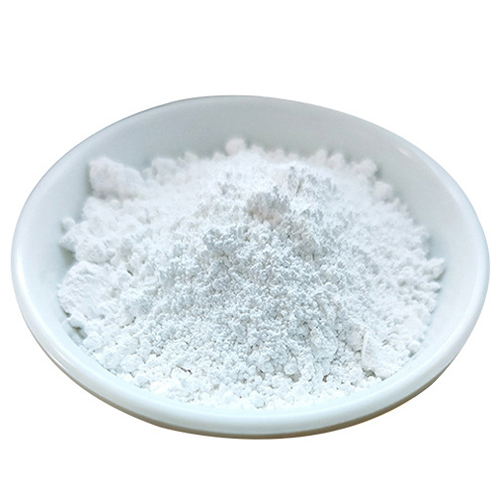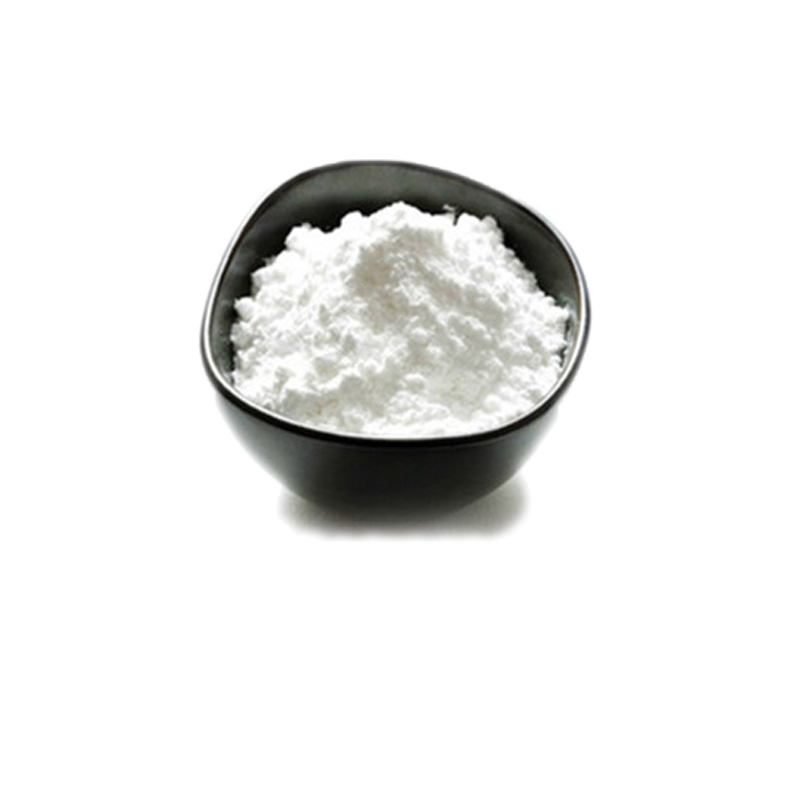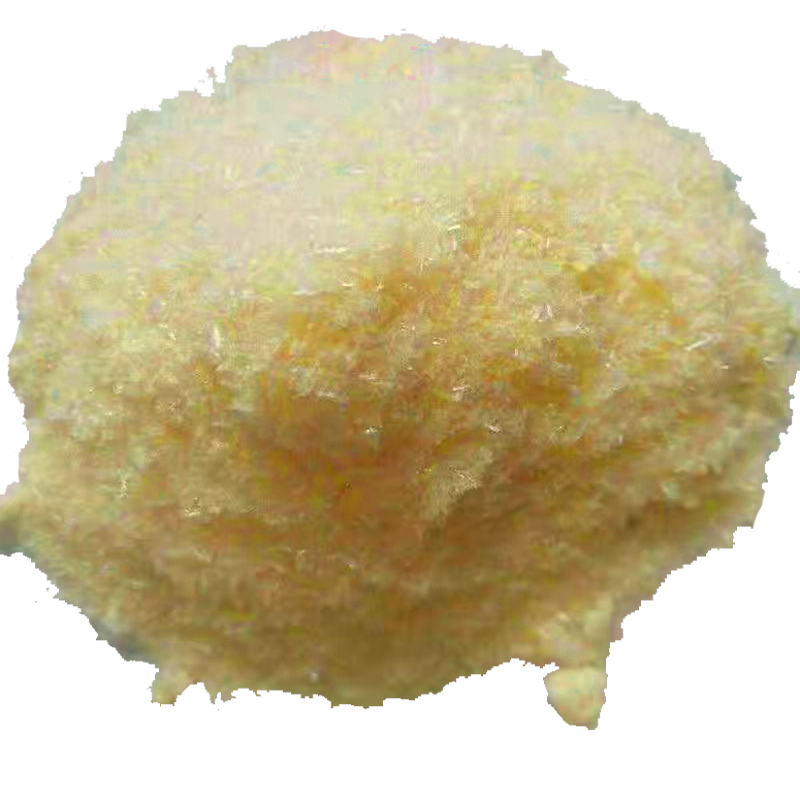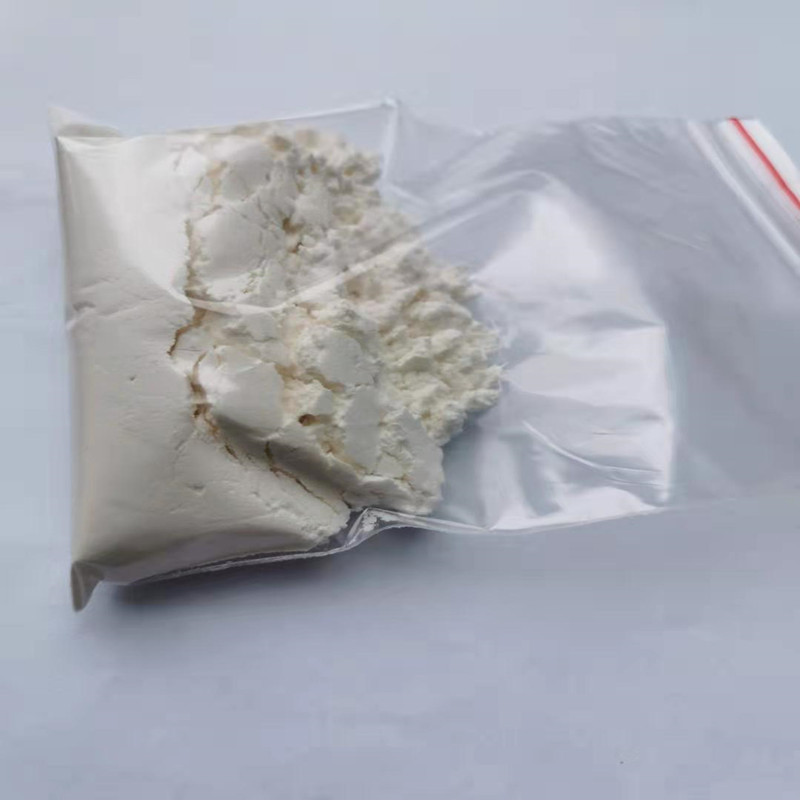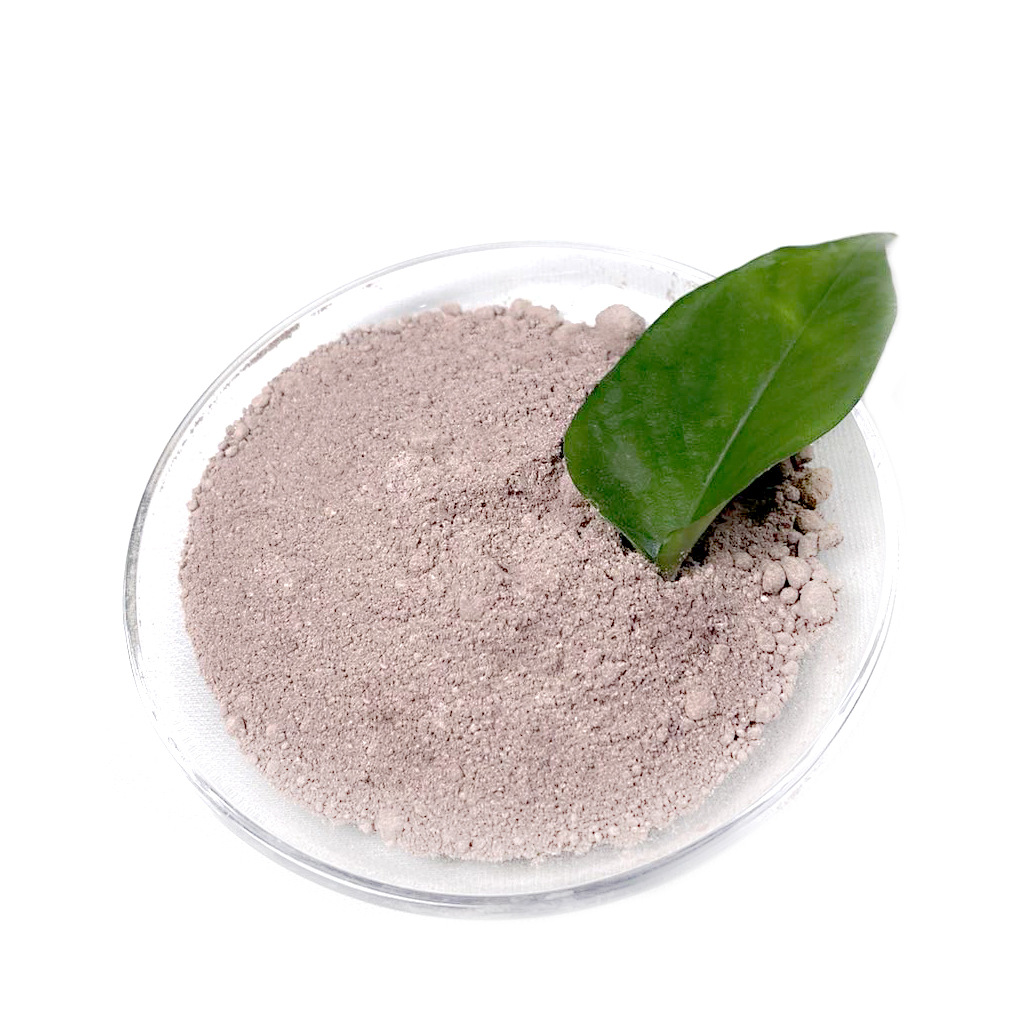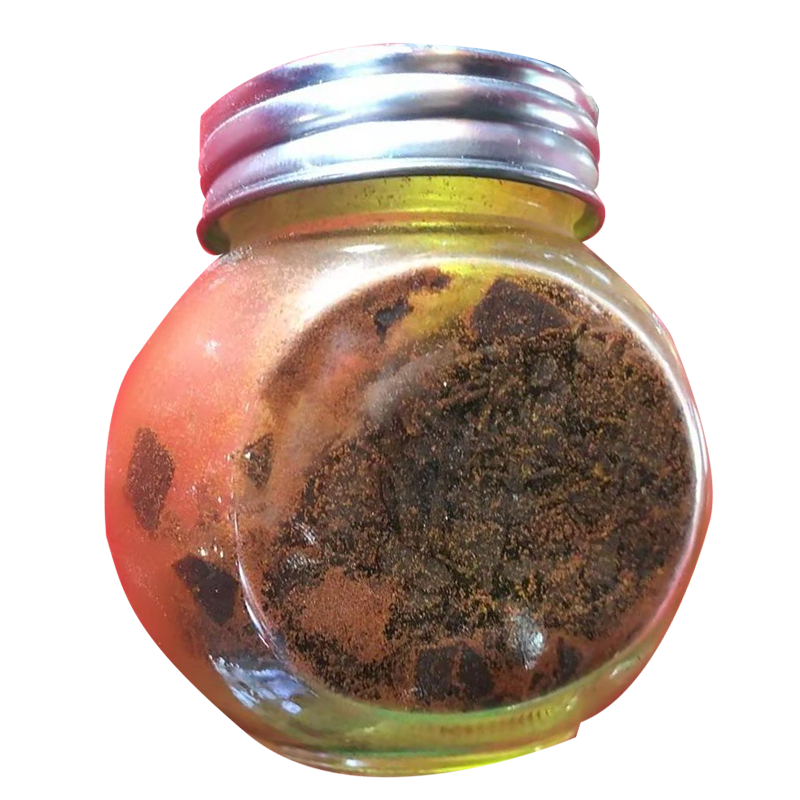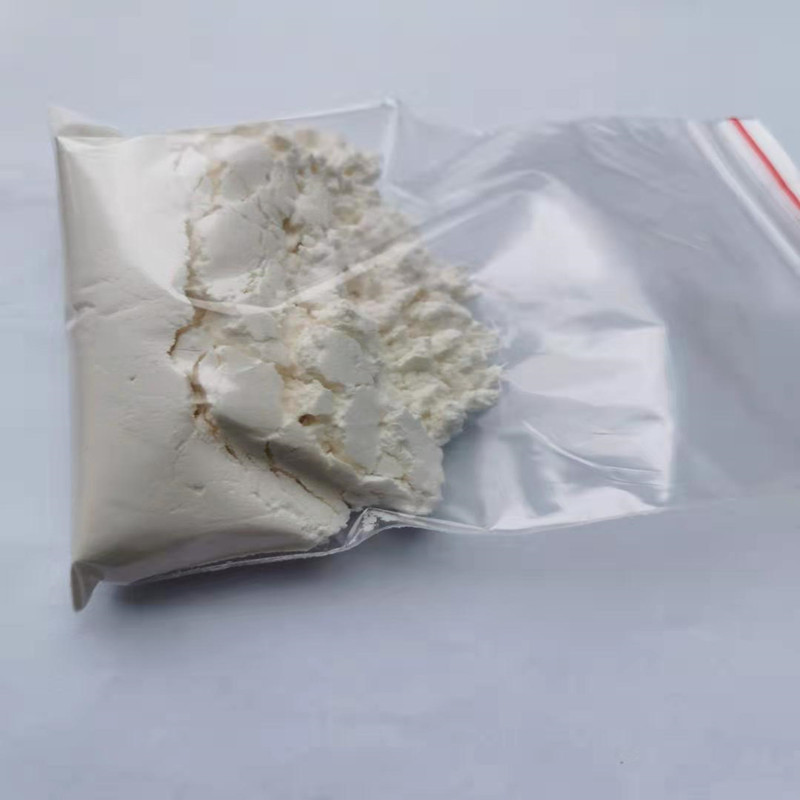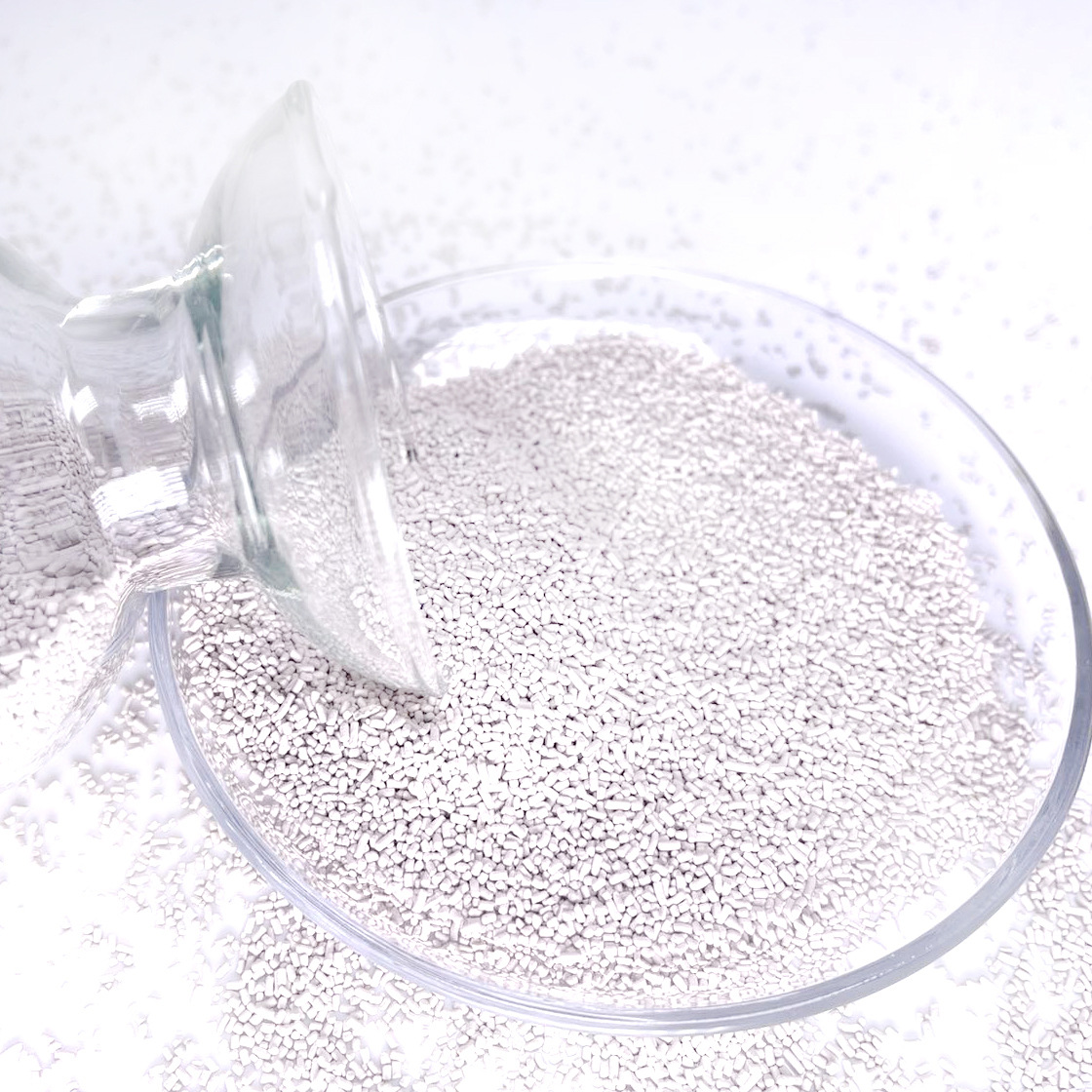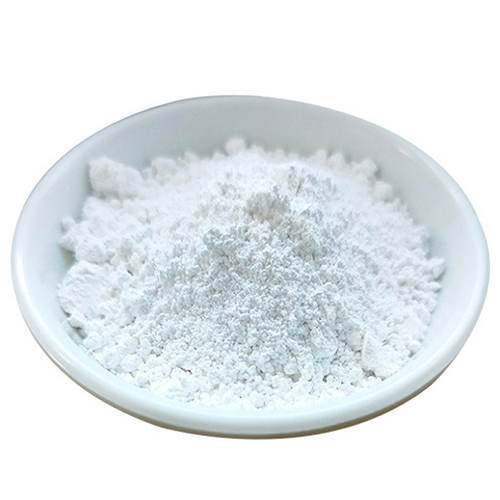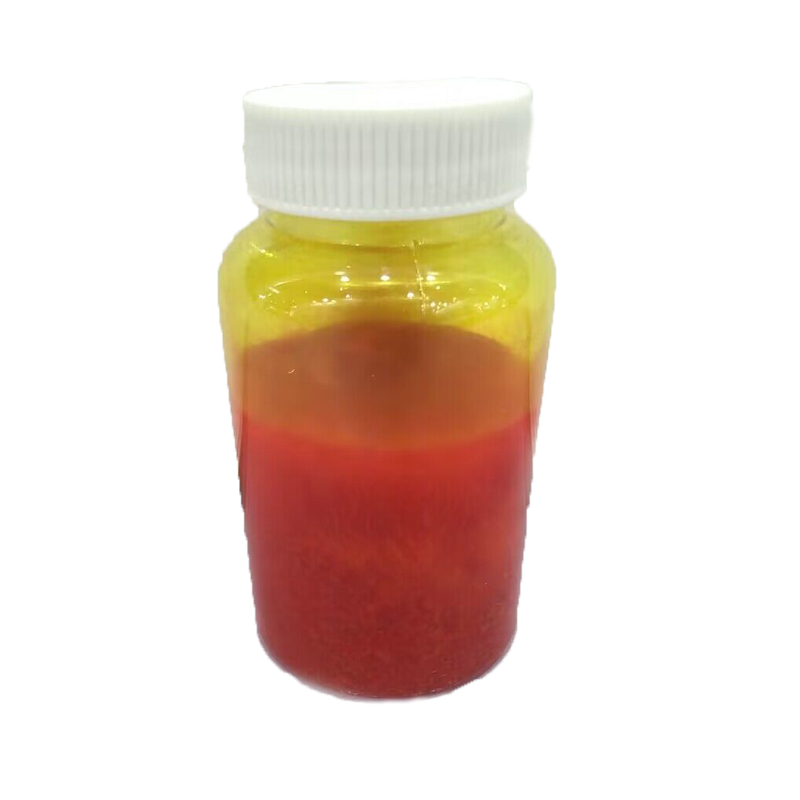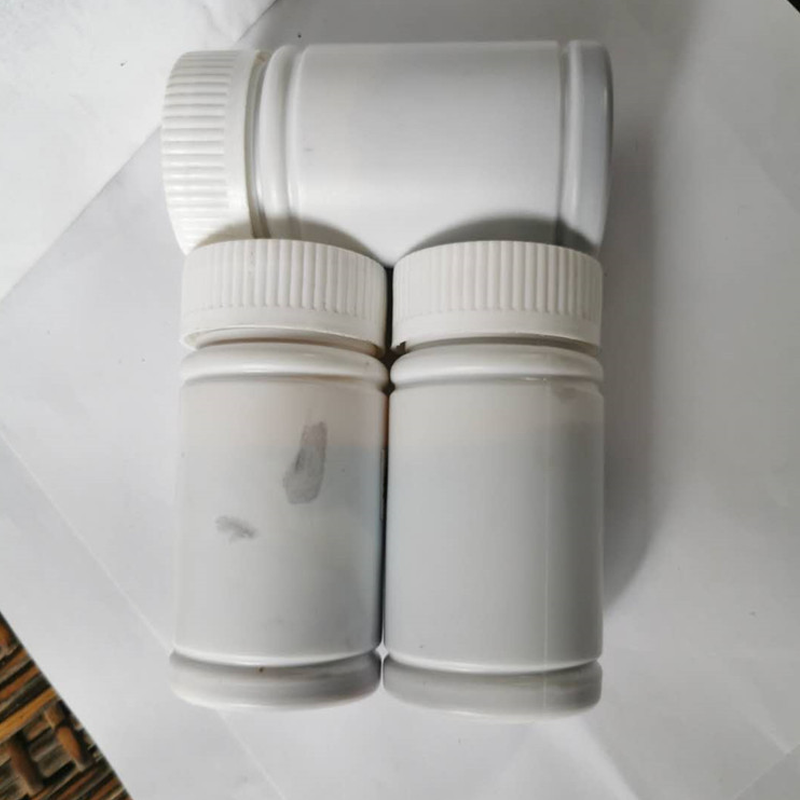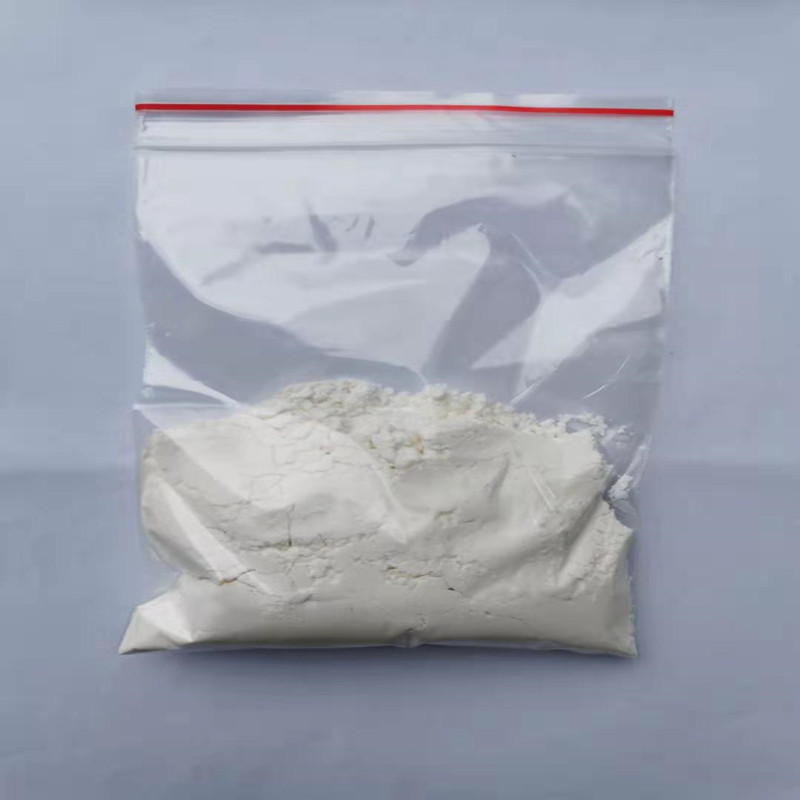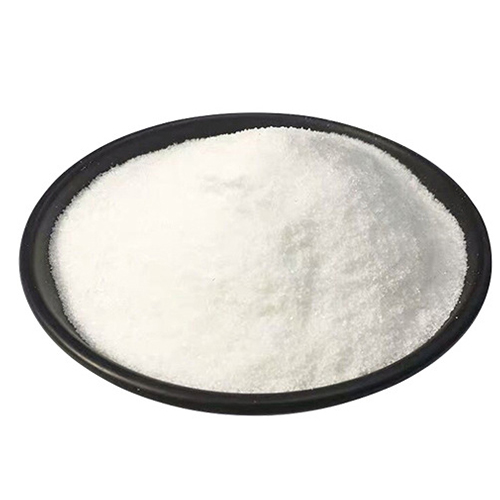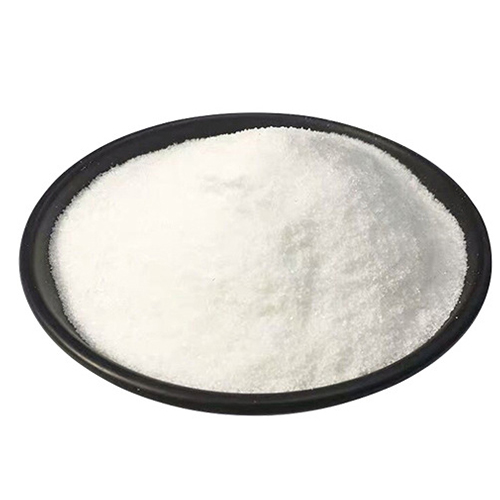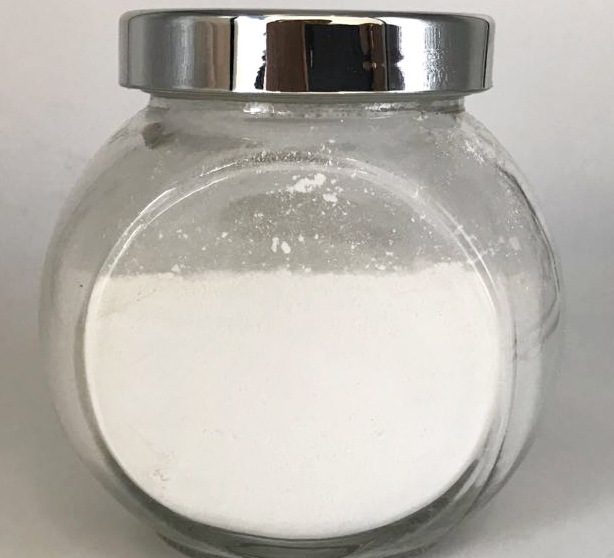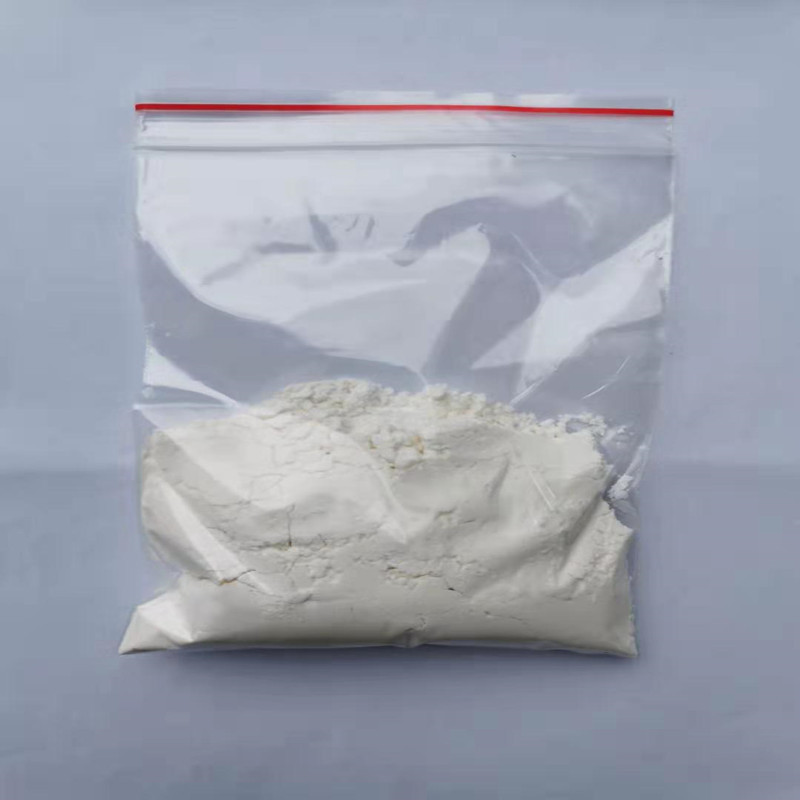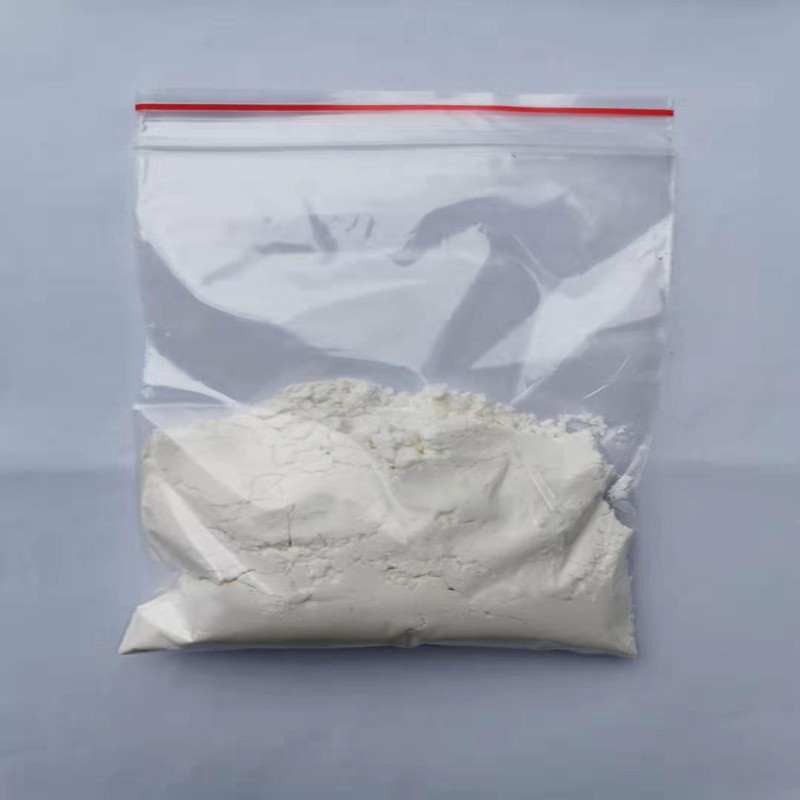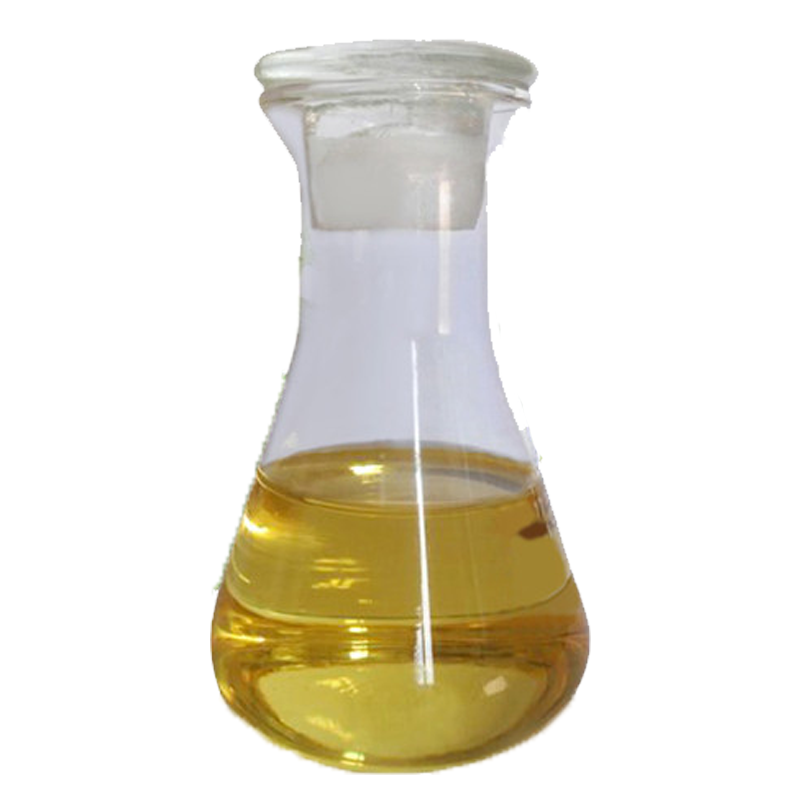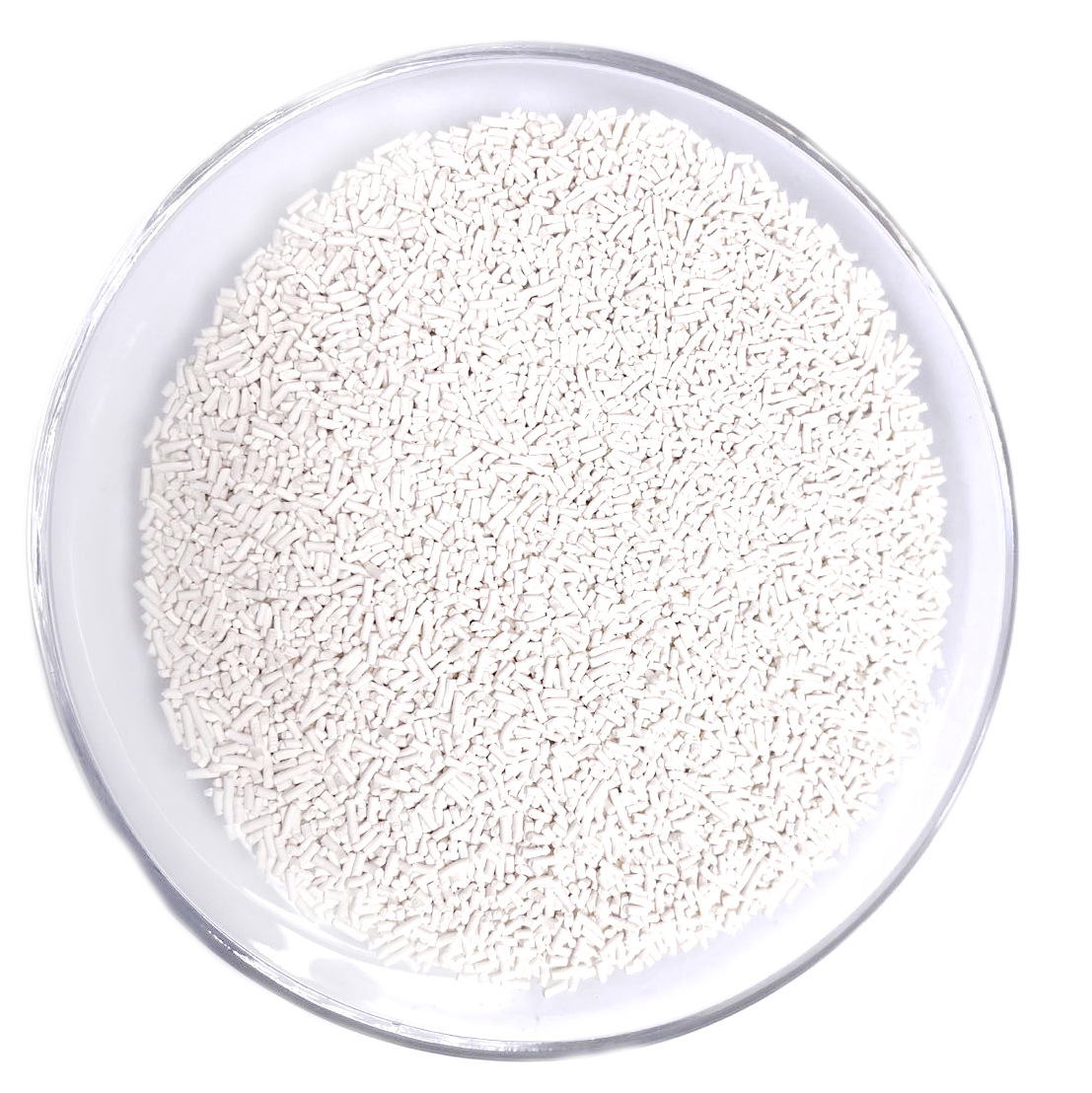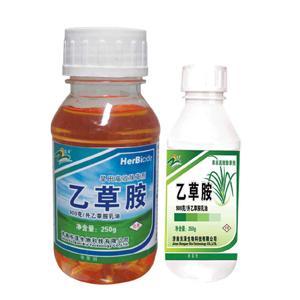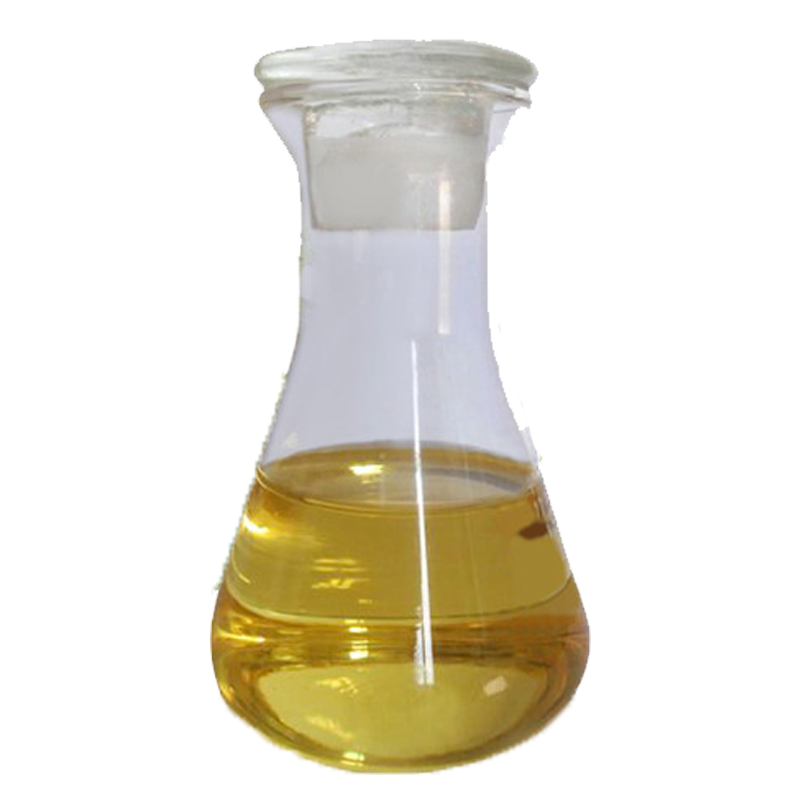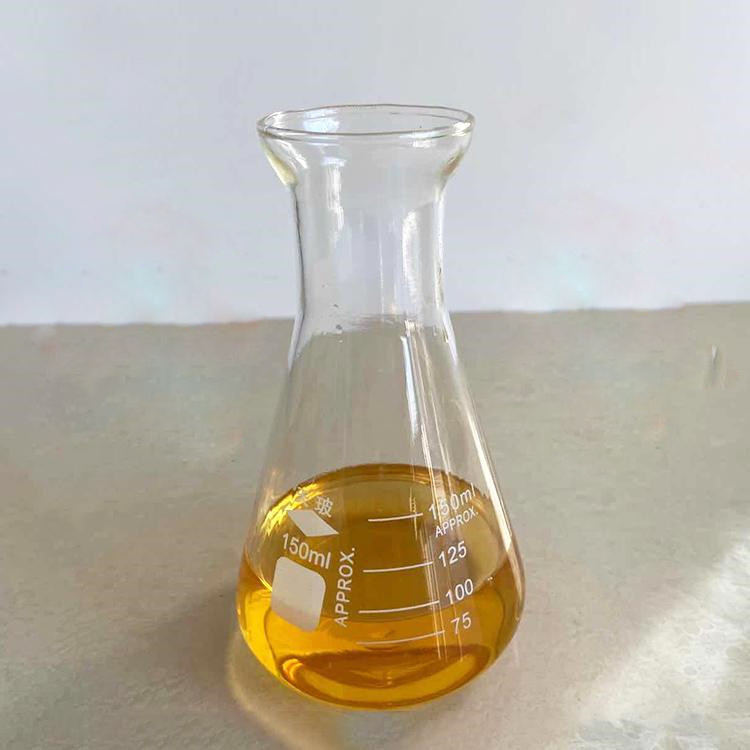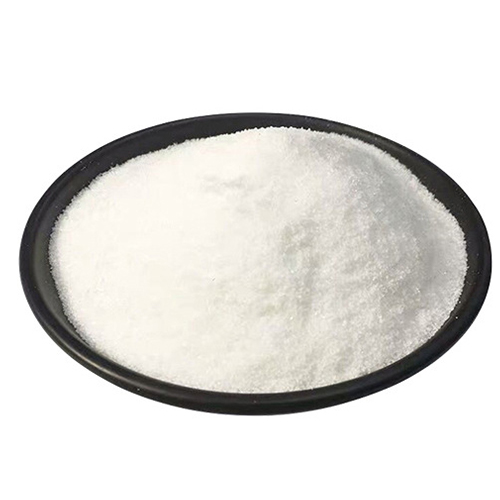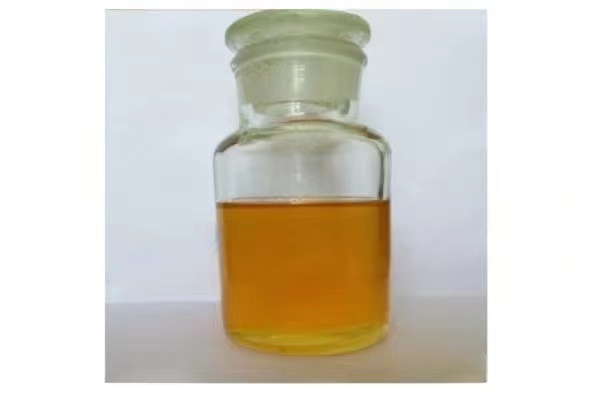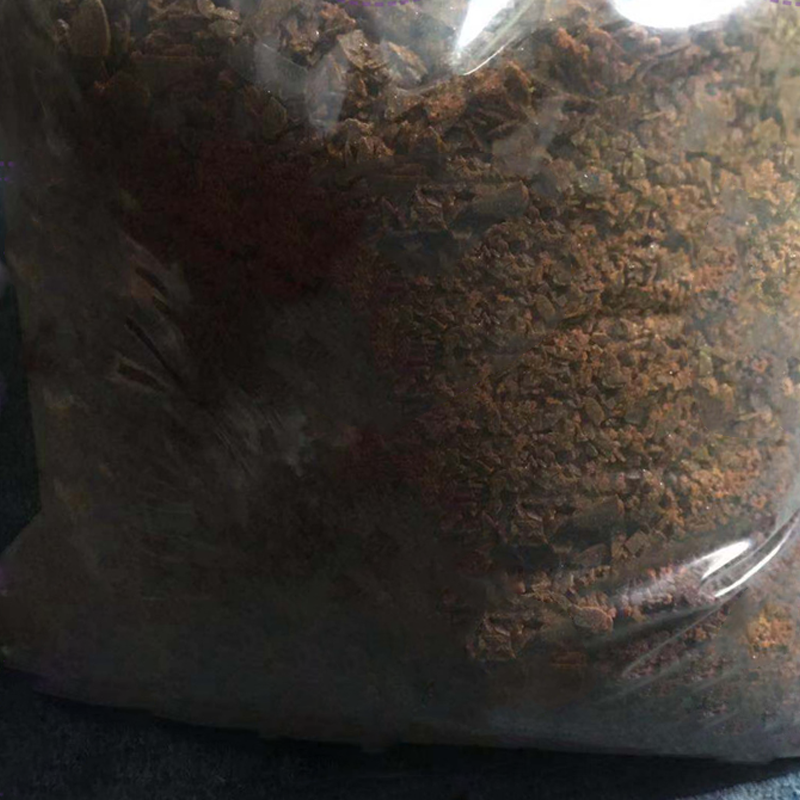
Herbicide Oxyfluorfen 95%TC Cas 42874-03-3
Oxyflufen is a selective, pre-emergence and post-emergence herbicide with ultra-low dosage. The weeds are killed mainly through the coleoptile and mesocotyl absorption of the herbicide. A certain degree of phytotoxicity may occur during the use of oxyfluorfen, which usually recovers after half a month.
CasNo: 42874-03-3
Formula:C15H11ClF3NO4
Physical State: crystallize solid
Purity(%): 95%
Application: Agricultura
Color: brown
Formulation:24%EC 3% 6%Microemulsion 10%Water emulsion 35%SE and used to manufacturer more formulated product
- Category: Herbicide
oxyfluorfen is a herbicide with a broad herbicidal spectrum. As a pre-emergence soil treatment, it has a high control effect on annual broad-leaved grass, sedge, and grass, and its control effect on broad-leaved grass is higher than that of grass, which is just complementary to amide herbicides. In areas where only amide herbicides are used, the promotion of oxyfluorfen or its mixture is an ideal choice.
The pre-emergence treatment of oxyfluorfen is a selective herbicide, and the early post-emergence application is a herbicide, which can effectively control various annual weeds at an appropriate dosage. Therefore, directional spraying at an appropriate period after corn seedlings can not only kill a variety of broad-leaved weeds, sedges, and grasses that have been unearthed, but also have a good soil sealing effect, so its duration is longer than that of general soil treatment agents. And post-emergence directional spraying agent, the weeding effect is good. Because it has no systemic conduction, the drift damage to corn is also easy to control and recovers quickly. Therefore, the promotion prospect of oxyfluorfen in corn fields should not be underestimated.
Features of oxyfluorfen
oxyfluorfen has the characteristics of typical PPO inhibitors.
Oxyfluorfen has a very remarkable feature: the paddy field has high herbicidal activity, which is several times that of the dry field. The registered dosage of the same content in the paddy field is 10-20 ml/mu, and the dry farming generally requires 40-60 ml/mu, and the dosage is only 1 /2~1/6, a slightly larger dose is likely to cause drug damage.
Secondly, there was insufficient publicity on the use of technology. Oxflufen first entered the rice transplanting field market in the south. Farmers used the spray method to apply the pesticide according to their habits, which caused the rice seedlings in the whole field to scorch and severely reduced production.
In addition, oxyfluorfen has high activity, and there are strict requirements for rice use
1) Seedling age and plant height: it is required to be used for more than 30-35 days after transplanting, and large seedlings with a plant height of more than 20 cm are transplanted into the field and used by soil medicine;
2) It is strictly forbidden to use in rice seedling fields, direct seeding fields, machine-transplanted or throwing seedling fields for transplanting small seedlings; it is strictly forbidden to use in rice diseased and weak seedling fields; it is strictly forbidden to flood the heart leaves of rice, and the water level should not be higher than the heart leaves;
3) Temperature requirements: Use when the temperature reaches 20-30°C. Do not use it when the daily temperature is lower than 20°C and the soil temperature is lower than 15°C.
Summary of rice use: oxyfluorfen is used for soil preparation before transplanting rice or throwing method, which is mainly used in the north; after transplanting, it requires large seedlings and strong seedlings, and it is mainly used in the south Use this pattern; also pay attention to the dosage used.
Finally, the symptoms of phytotoxicity caused by oxyfluorfen are very obvious brown, and farmers intuitively feel that it is "injured seedlings".
Applications of oxyfluorfen
Oxyfluorfen belongs to fluorine-containing diphenyl ethers. It is a selective, pre-emergence and post-emergence herbicide with ultra-low dosage. The weeds are killed mainly through the coleoptile and mesocotyl. It is suitable for rice, soybean, wheat, cotton, corn, oil palm, vegetables and orchards, etc., to control broad-leaved weeds and certain grass weeds, such as Commelina, barnyardgrass, sedge, field greens, brome, Datura, etc., the dosage is 1-2g active ingredient/100m2. For example, 4 to 6 days after transplanting rice, from the bud stage to the 1.5 leaf stage of barnyard grass, use 1.5 to 2.3mL/100m2 of 24% EC to make poisonous soil and spread evenly. It can also be applied with 0.5% granules.
For crops such as soybeans and cotton, apply pesticides after sowing and before seedlings. Use 7.5mL/100m2 of 24% emulsifiable concentrate to spray the soil surface evenly on the water. A certain degree of phytotoxicity may occur during the use of oxyfluorfen, which usually recovers after half a month.
Used as a herbicide. Apply pre-emergence and post-emergence to control monocotyledonous and broad-leaved weeds such as coffee, coniferous trees, cotton, and citrus. It can be used as cream.
It is used as a low-toxicity, contact-killing herbicide for the control of annual broad-leaved weeds, Gramineae and Cyperaceae weeds in crop fields such as rice, soybeans, corn, cotton, vegetables, grapes, and fruit trees. It exerts its herbicidal activity in the presence of light. It has the best application effect before and after budding. It has a broad herbicidal spectrum on seed-germinated weeds. It can control broad-leaved weeds, sedges and barnyardgrass, but it has an inhibitory effect on perennial weeds. Control objects: It can control monocot and broad-leaved weeds in transplanted rice, soybean, corn, cotton, peanut, sugarcane, vineyard, orchard, vegetable field and forest nursery.
Main problem manifestations on oxyfluorfen crops.
First, infiltration pesticide damage After the pre-emergence soil is treated, there is a sudden rainstorm during the emergence of crops, and the pesticides on the soil surface infiltrate into the young leaves that have not yet emerged, causing drug spots on crop seedlings, which occur more often in peanuts and soybeans.
Second, rebound pesticide damage If the crops encounter heavy rain after emergence, the raindrops will fall to the ground and the pesticide will rebound to the stems and leaves of the crops, causing spots on the crops and showing the symptoms of "burning seedlings". This is true for soybeans, peanuts, corn, and cotton. Both appear.
Third, temperature and phytotoxicity If it is cloudy and rainy after application, if the weather suddenly turns sunny and the temperature rises rapidly, the medicament will evaporate with the water vapor and damage the leaves of some crops, such as soybeans, peanuts, cotton, and corn.
Fourth, fumigation and phytotoxicity After transplanting certain broad-leaved crops, the lower leaves will have brown spots due to chemical fumigation, which is more common in tobacco.
Fifth, water-logged phytotoxicity Flood irrigation in a short period of time after treatment or field flooding after rain can easily cause serious phytotoxicity, and there are many paddy fields.
Sixth, volatile pesticide damage When weeding in protected areas, due to poor ventilation, a large amount of volatile pesticides accumulate in greenhouses or sheds, causing crops to burn.
In fact, these problems can be solved. As long as the technology is reasonable, the cultivation management is proper, and preventive measures are taken, the crops can recover quickly without affecting the yield.
General application principles of oxyfluorfen:
General principle: After transplanting crops, apply pesticides before transplanting after soil preparation, and transplant 1-2 days after spraying. For direct seeding crops, use after planting and before emergence. Direct live onions are used at the 2-3 leaf stage of onions, and garlic is used after sowing to the needle-setting stage or after seedlings with 2 leaves and 1 heart~4 leaves and 1 heart. Corn is recommended to be used at the 3-4 leaf stage of post-emergence weeds, and compound grass for weeding between rows before 4 leaves or after 4 leaves.
Package of oxyfluorfen
We also supply some accessories to add more functions for end-users' convenience, which also help our distributors and business partners sell our products in their area. Any special package requirements, please don't be hesitate to tell us.
Large Package:
Solid: 25Kg UN approved fiber drums with LDPE liner;
Liquid: 200L UN approved HDPE or iron drums.
Retail Package:
Solid: 10g;50g;100g;500g;1kg;5kg;25kg
Suppliers of oxyfluorfen
Agripestcide is a professional agrochemical chemical manufacturer supplying good quality and effective oxyfluorfen with high quality and good service. If you are looking for oxyfluorfen in bulk, please feel free to contact us for the latest price.
Name | Oxyfluorfen |
Formula | C15H11ClF3NO4 |
Molecular Weight | 361.7 |
EINECS N0. | 255-983-0 |
Melting Point | 83-84°C |
Boiling Point | >240°C |
Physical State | crystallize solid |
Color | brown |
Purity | 95% |
Package | 25kg Cardboard barrel |
Application | Agricultural |
Storage | Ventilation low temperature drying |
Sample | Available |
EXP | 2 years |
Send an Inquiry
Your email address will not published. Required fieled are marked.
Related Products
Check out other related Products

